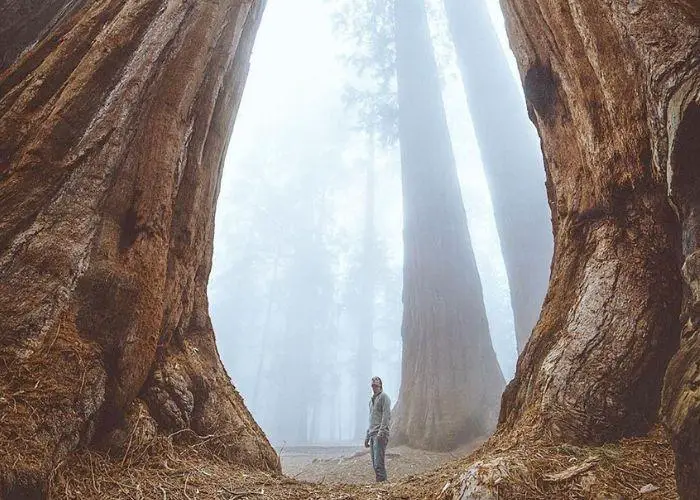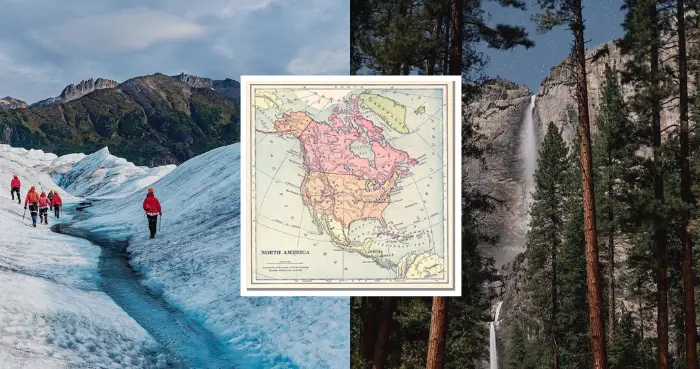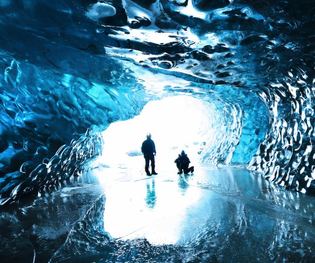“Lifeless” is not an adequate adjective in this article, and perhaps not in life itself. Scientists have discovered that even the most hostile habitats harbor some sort of life in the form of extremophile bacteria and archaea, that can survive in hot springs, salt lakes and even in the most radioactive crevices of Chernobyl. There’s even bacteria in outer space floating around, travelling the eons and waiting to become something else, another child of evolution. There are only 2 places on Earth where life is unlikely: The Earth’s core and certain spots in the Chilean desert of Atacama (or none found yet). Microscopic organisms aside, the delicate and sensitive macroscopic ones have a hard time subsisting in certain habitats. Let’s take a look at some of these. Here are 15 of the most barren and lifeless places on Earth.
Atacama Desert
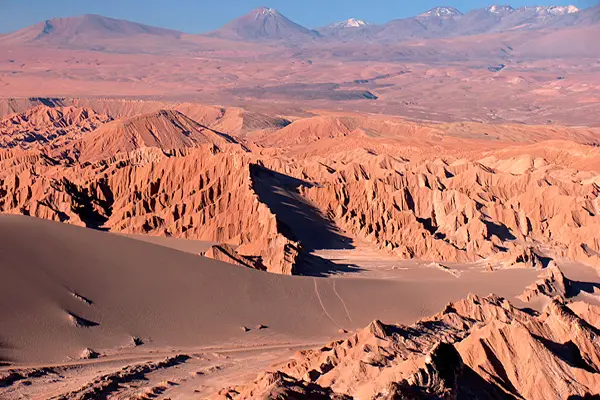
With 1mm of precipitation per year, the Atacama desert is the driest place on the planet. Parts of the 1000-km long arid expanse are uninhabitable, even to bacteria. Nitrate that falls freely from the sky and which bacteria thrive on, remains unconsumed; while the cool, Mediterranean weather means there’s no energy for growth and reproduction. So it’s not just a question of water. Such are the harsh conditions of Atacama that it’s being used as a training ground for upcoming missions to Mars to search for life.
South Pacific Seabed

The ocean is the one place everyone expects to be teeming with life, but there are patches that are devoid of living organisms. The most prominent is smack in the middle of the South Pacific, where researchers studied the seafloor only to find roughly 1000 living cells in each square centimeter; that’s 1000 times less than other seafloor sediments.
Don Juan – Antarctica
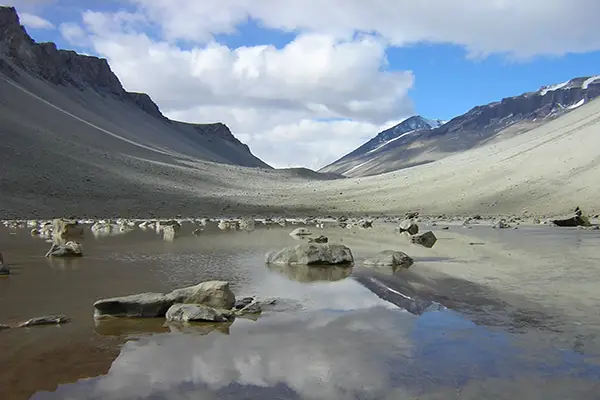
The icy Antarctica continent hides a shallow body of water, no more than a foot deep, called Don Juan Pond, that never freezes despite hitting temperatures of -22 ªF (-30 ªC) due to its remarkable hypersalinity. Don Juan’s salinity is 40% or 18 times more than the ocean. By comparison, the Dead Sea is 33% or 9.6 times. Scientists suspect there is some sort of bacterial presence in the shallow waters but have not been able to verify it.
Antarctica
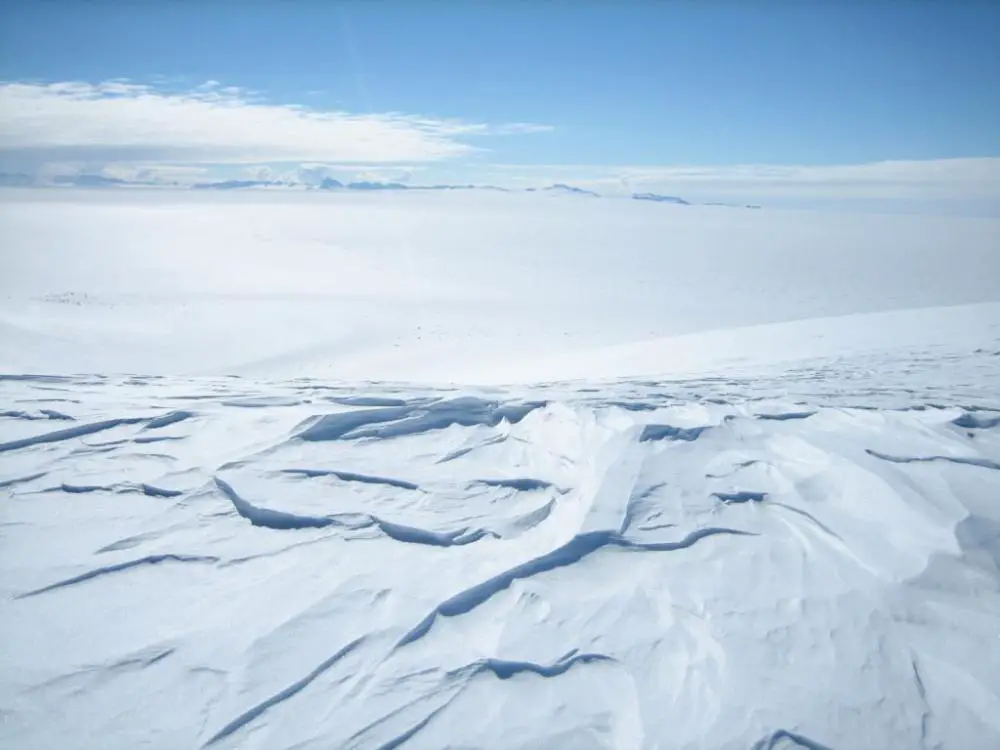
It’s not just Don Juan Pond in Antarctica that’s inhospitable to life, it’s the entire continent itself. The coldest, windiest and driest desert in the world (that’s right, desert) receives as little as 50mm of rain annually in the coastal areas and far less in the interior. Temperatures drop as low as −129 °F (-89 ªC) and winds ripping through the air at 199 mph (327km/h) make it an icy hell for living organisms. Though the coastal areas are brimming with life in the form of seals, penguins, whales and a host of others, little can survive the brutal conditions of the interior.
The Dead Sea. Jordan, Palestine and Israel
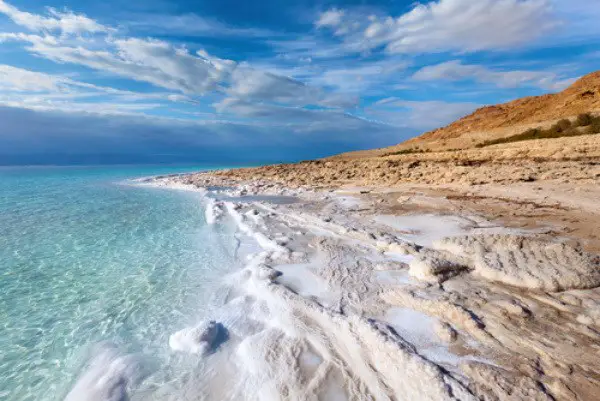
At -427m below sea level, the Dead Sea is the lowest point in the world on dry land. It’s also one of the hypersaline bodies of waters scattered around the globe and where the development of life is greatly constrained. And as its name clearly states, this sea is dead to all creatures except the hardy and miniscule halobacteria. The 300-meter deep sea, has, ironically supported life in other ways: Its highly mineralized waters and mud have been used since ancient times to treat a variety of illnesses and beautify the otherwise unsightly.
Pitch Lake. Trinidad
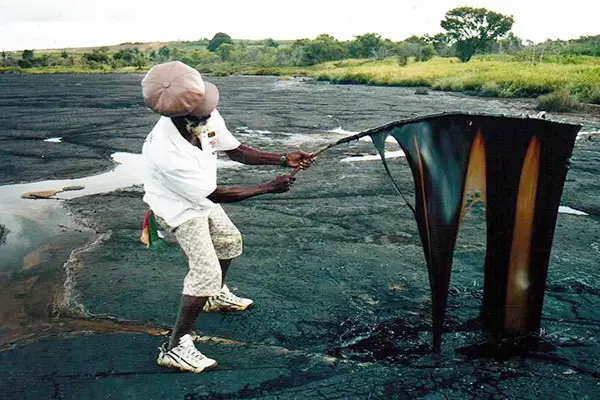
The largest natural deposit of asphalt (otherwise known as bitumen or tar) in the world sits placidly in the paradisiacal Caribbean island of Trinidad. But it’s more than just a deposit of the black, gooey stuff used to pave roads and caulk ships: It’s a natural lake. Pitch Lake lies directly over the intersection of two faults, which allows oil from a deep deposit to be forced up. Naturally, no macroscopic creature lives in Pitch Lake, but the viscous liquid does support its own microscopic denizens.
Yellowstone’s Hot Springs. USA
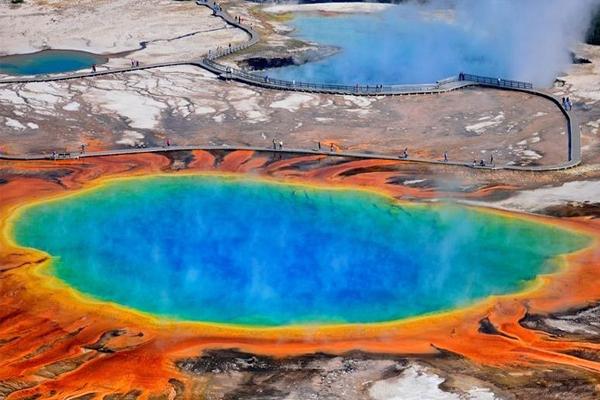
The otherworldly landscape of Yellowstone’s hot springs is unsuitable for macroscopic life. The springs themselves are near the boiling point and their acidity is enough to dissolve a nail. However, as in most extreme environments, there are a host of bacteria that thrive in this acid-sauna habitat, most notably Thermus aquaticus, which produces an enzyme used by scientists to make copies of DNA. The rich, faunal diversity of Yellowstone Park is here reduced to a handful of invisible primitive organisms.
Iron Mountain. California, USA
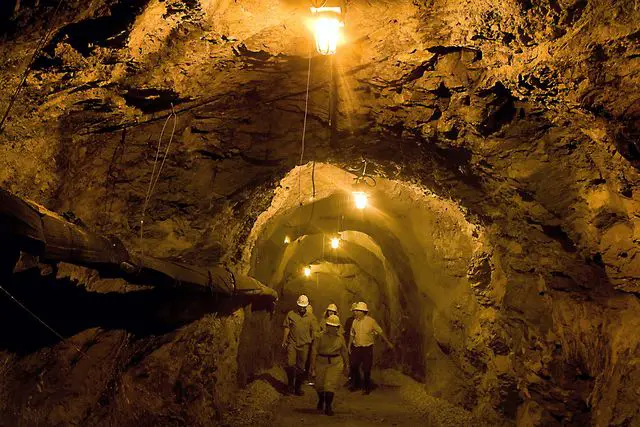
The otherwise scenic Iron Mountain in Redding, California, hides a terrible, toxic wasteland. After 100 years of uncontrolled mining for iron, silver, gold, copper, zinc and pyrite, the mine is now spewing forth acidic water in a process known as “acidic mine drainage.” As a result, it has become one of America’s most toxic waste sites. No creatures, except for the hardy extremophile bacteria Leptospirillum and the Ferroplasma archaea, can live in such a noxious and poisonous place.
Boiling Lake. Dominica
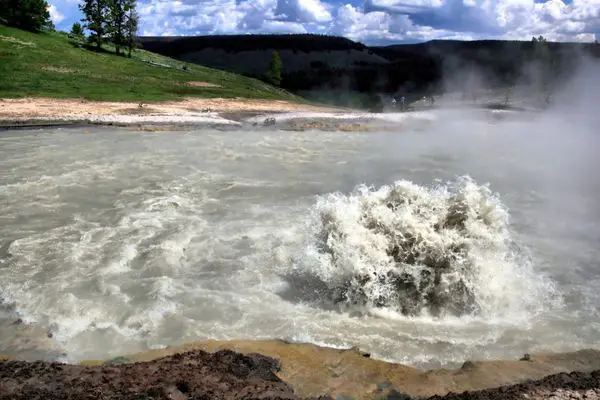
In a lake with a measured temperature of 180º to 197ºF (82º-92ºC) along the edges of the pool (it was impossible to measure the temperature at the center of the lake) and an estimated swirling depth of 195 ft (59m), there is, of course, no life; not even microscopic life (or none documented yet). This amazing, natural, giant soup cauldron is actually a fumarole or crack seeping gases from molten lava.
Lake Rakshastal. Tibet
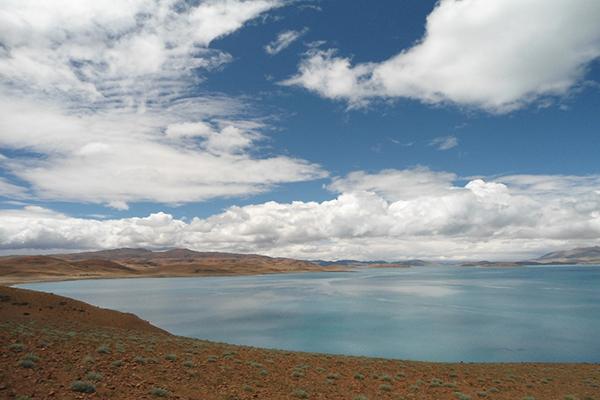
“The lake of the demon” literally translated from the Sanskrit, and it’s not surprising why. The crescent-shaped body of water contrasts and fits in with its neighboring and sister pool, Lake Manasorovar, which is more rounded. Together they make an ideal composition for the theology of Hinduism and Buddhism, which have enshrined the lakes in their religions. Rakshastal, unlike Manasorovar, harbors no life due to its hypersalinity, leading the local faithful to claim that the lake is poisoned.
Lake Karachay. Russia
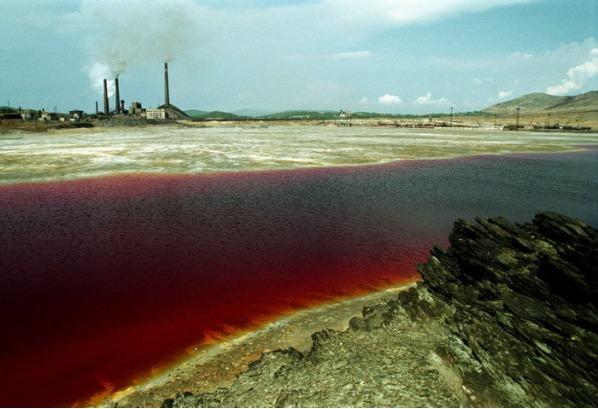
The pristine serenity of the southern Ural mountains was forever disturbed in 1951 when the USSR, in a frantic bid to outdo the US in nuclear arms, built Mayak, a plutonium production and processing plant next to the quiescence of its waters. Since then, no living creature (there are no documented extremophiles either) can enter the area. Karachay became the dumping ground for all of the plant’s radioactive waste. Radiation levels are so high in this area that an hour’s worth of exposure is enough to kill a man. The continuous dumping has led the Worldwatch Institute, based in Washington D.C., to classify its as the “most polluted spot on Earth.”
Dead Zones. Middle of the Atlantic Ocean

Marine biologists have discovered what they call “dead zones,” oxygenless patches, in the middle of the Atlantic Ocean. Dead zones are not new since they were previously documented near coastal areas, but these are inherently different and menacing. Apart from containing no life due to a lack of oxygen, these dead zones are huge, about 100 square miles, mobile and seasonal. Scientists fear that one can hit a coastal area and unleash a battery of harm for humans.
Kanagh Ijen. Indonesia
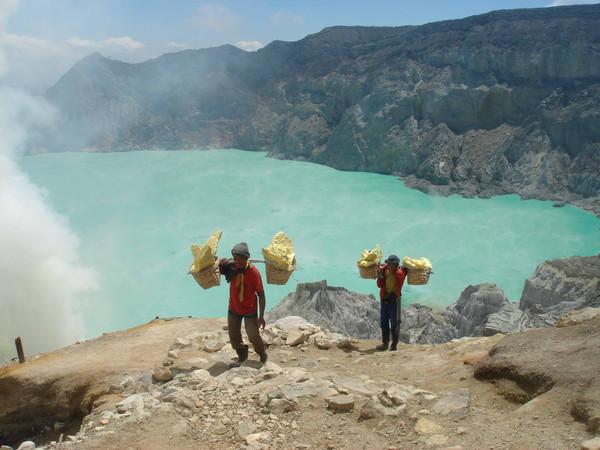
Truly one of the most amazing volcanoes in the world, though not for its eruptions, but for the deadly, acidic crater lake it’s formed over the centuries. The lake holds 36 million cubic meters of sulphuric acid and hydrogen chloride, the most potent acids known to man. It needs not be said, nothing lives here, not even the sturdy extremophiles. The neighboring residents, however, have managed to eke out an existence from this ominous lake of death. They extract sulphur manually, a dangerous enterprise that has already cost the lives of several workers.
Poas Crater Lake. Costa Rica
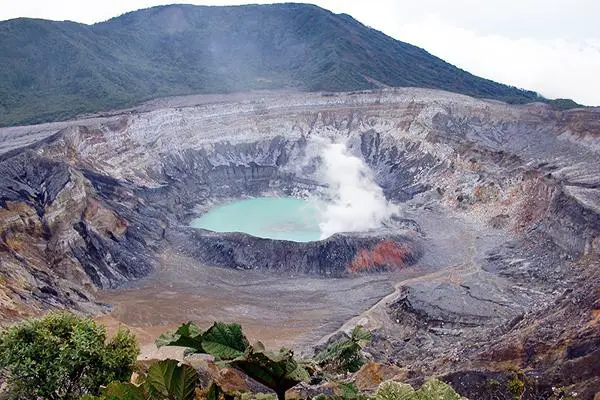
Poas, like Ijen, was formed by volcanic activity, and though still deadly, it’s not quite as deadly as Ijen. The Poas crater lake has a ph of 0 while the bottom of the lake is covered in a layer of liquid sulphur, making it uninhabitable. The surrounding area has mimicked the nefarious lake by enveloping itself in a cloud of acid fog that destroys the neighboring ecosystems and irritates eyes and lungs. Not a place you want to be near. The lake is devoid of all life.
Lake Yugama. Japan

Lake Yugama is nestled atop Kusatsu-Shirane, an active volcano, at a height of 2,160 meters. Like most crater lakes, it’s a hostile environment with a pH of 1.2, making it one of the most acidic lakes in the world. Its mortiferous and barren contents contrast with its evil beauty: A huge, 300-meter-wide, turquoise-blue expanse of water, topped by yellow rafts of floating sulphur. A hundred years ago, the waters of Lake Yugama were boiling. Today, the waters are kept warm by underwater vents 30 meters deep. The acidity and sulphurous fumes ensure that the lake and its immediate surroundings are devoid of life, creating an eerie and desolate aura.

